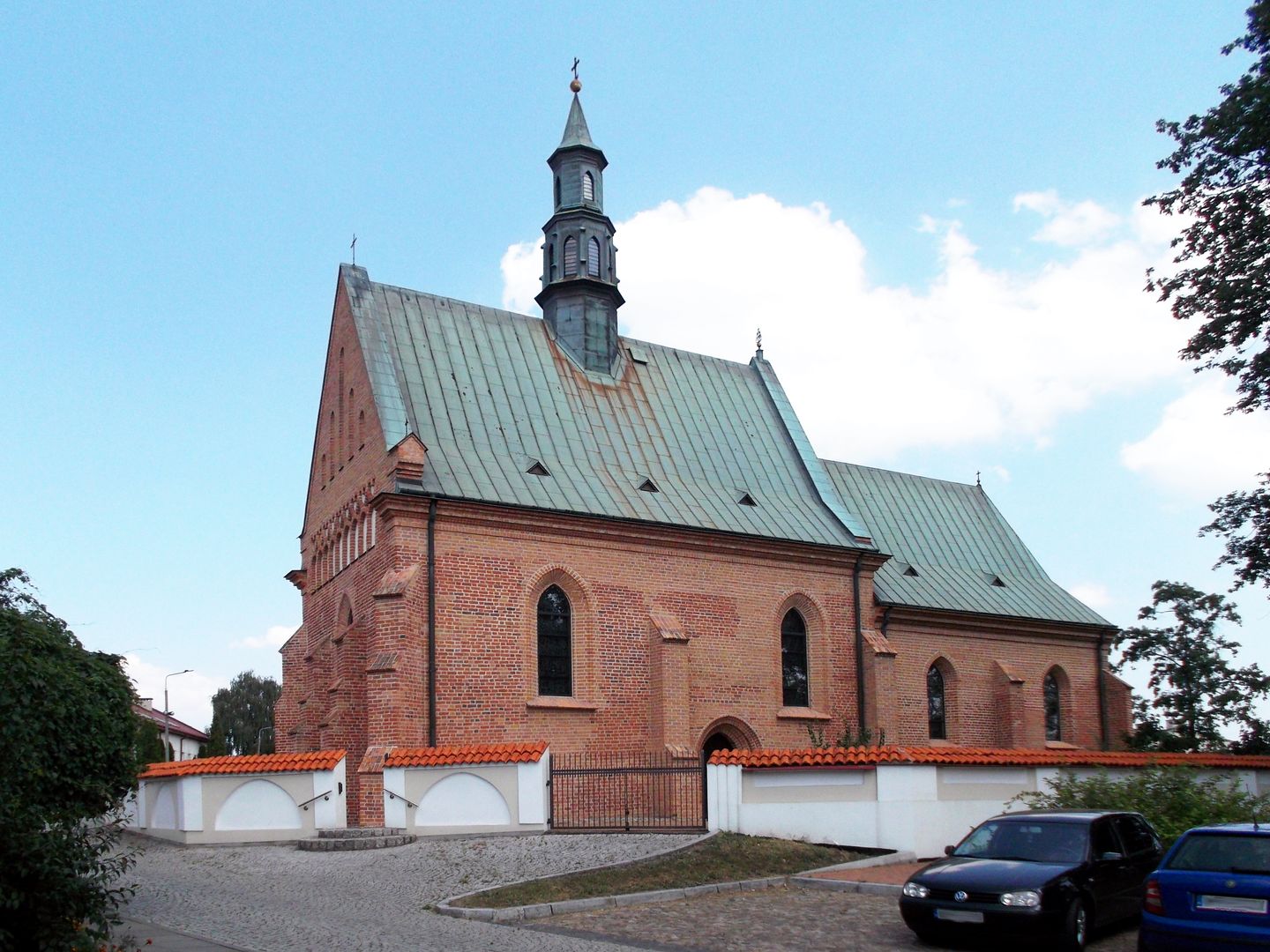St. Wenceslaus Church in Radom
7.11

Overview
St. Wenceslaus Church in Radom, built at the turn of the 13th century as a parish church for the Old Radom parish, replaced the earlier wooden Church of St. Peter. Archaeological research suggests that an older wooden church was located nearby, as confirmed by the discovery of burials from the 12th century. In the mid-15th century, the church was expanded and could accommodate about 800 worshippers. A wooden belfry stood nearby, and a cemetery was located on the church grounds. Throughout its history, the church was repeatedly targeted by thieves, and burials from the 16th to 18th centuries were discovered in its crypts. In 1802, the Austrians converted the church into a military warehouse. During the Duchy of Warsaw in 1809, it also served as a warehouse, and in the mid-19th century, it was used as a prison for exiles to Siberia. From 1922 to 1923, it served as an epidemic hospital for typhus patients, and in the interwar period, it functioned as an old people's home. In 1978, the church regained its religious functions and underwent restoration from 1980 to 1986 according to a design by Professor Wiktor Zin. Ceremonies related to the peregrination of relics, including the Wood of the Cross and relics of St. John Paul II, took place in subsequent years, highlighting the church's importance to the local community. In 2009, the church was modernized, and a new sound system was installed. Interestingly, the bells play a variety of melodies at specific times. The church is part of the Radom Monuments tourist trail and boasts a rich history and architecture that has undergone stylistic changes from Gothic. Contemporary events emphasize the parish's activity and its significance in the lives of Radom's residents, as well as its connections to the veneration of local saints.
Location
2025 Wizytor | All Rights Reserved